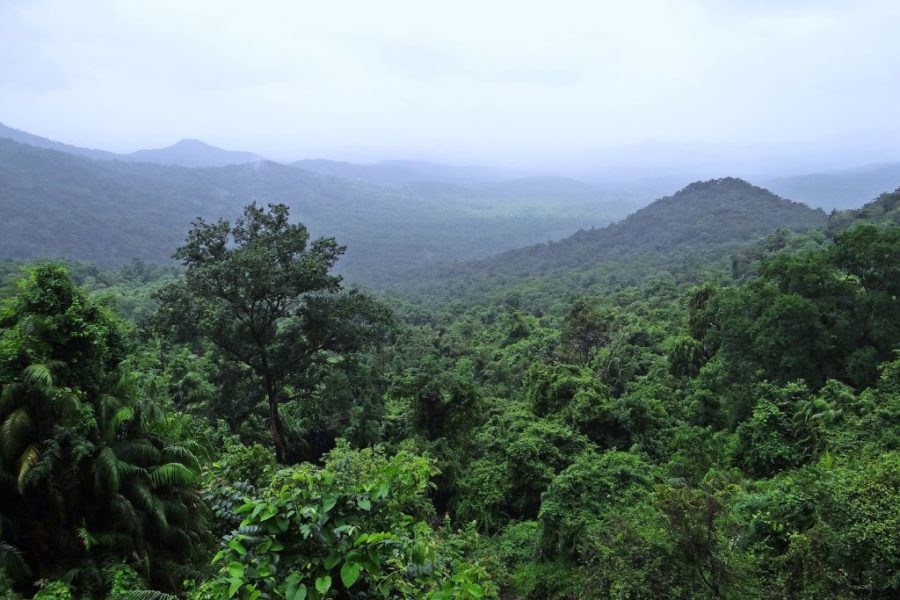
Happy World Rainforest Day! On this day, we celebrate the importance of tropical rainforests. From providing the habitat to millions of plants and animal species to influencing weather patterns and ensuring that our air is clean, here are 5 stunning rainforest facts for kids to learn.
—
Rainforests experience between 200 to 1,000 centimetres (79 to 394 inches) of rain every year. However, rain is not the only factor that influences the climate in these areas. Plants also have a self-watering mechanism: they release water into the atmosphere through a process known as transpiration. The moisture they generate helps create a thick cloud cover that hangs over the forest, guaranteeing constant humid and warm conditions even when it’s not raining.
Spread across nine countries in South America – including Brazil, Peru, and Colombia – for a total of 2.3 million square miles (6 million square kilometres), the Amazon Rainforest is by far the largest rainforest in the world. In fact, it is three times bigger than the next-largest rainforest, the Congo Basin.
Rainforests cover just about 2% of the planet’s total surface area. Yet, they are home to millions of animal and plant species. The Amazon rainforest alone includes at least 10% of the Earth’s total biodiversity, including around 40,000 plant species, nearly 1,300 birds, 3,000 types of fish, more than 400 species of mammals, and a staggering 2.5 million different insects.
The equivalent of 10% of annual human emissions is a direct result of deforestation. Besides oceans, rainforests are considered the world’s largest carbon sinks for their capacity to absorb more carbon from the atmosphere than they release through a process known as photosynthesis. However, as a result of climate change and human activities such as logging and cattle ranging, rainforests are shrinking and thus losing their power to absorb carbon. The
Amazon rainforest, the world’s most important carbon sink, is now emitting a greater amount of carbon dioxide than it is absorbing, nearly one billion tonnes a year, equivalent to the annual emissions of Japan.
Deforestation and increasing wildfire events are destroying more natural habitats every day, threatening the survival of many important and rare species. Human activities are further shrinking tropical rainforests, contributing to the loss of millions of hectares every year. As trees are cut down, animals lose their habitat and struggle to survive. In the Amazon alone, over 10,000 species are threatened with extinction.
Check This Out Next: 3 Facts About Deforestation for Kids